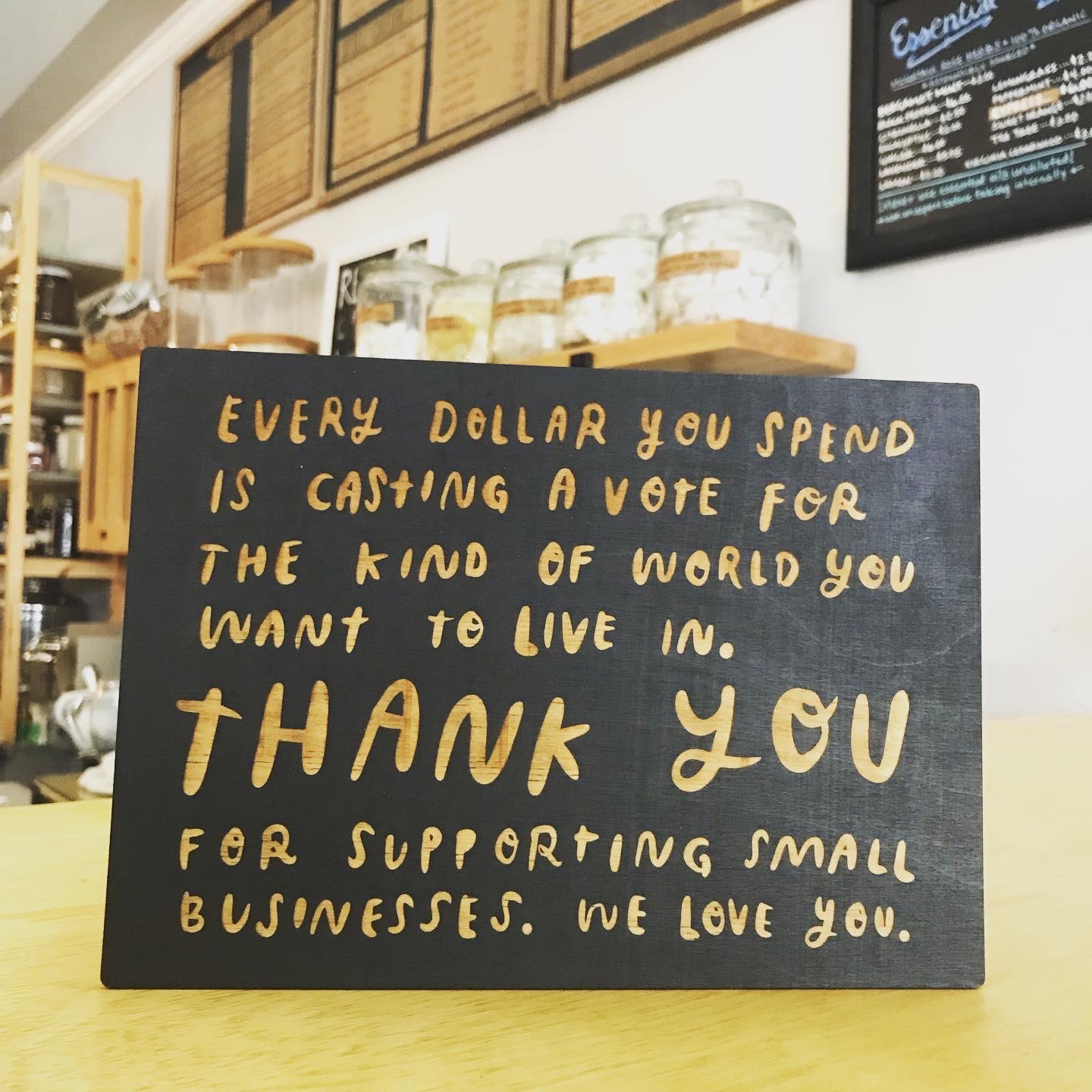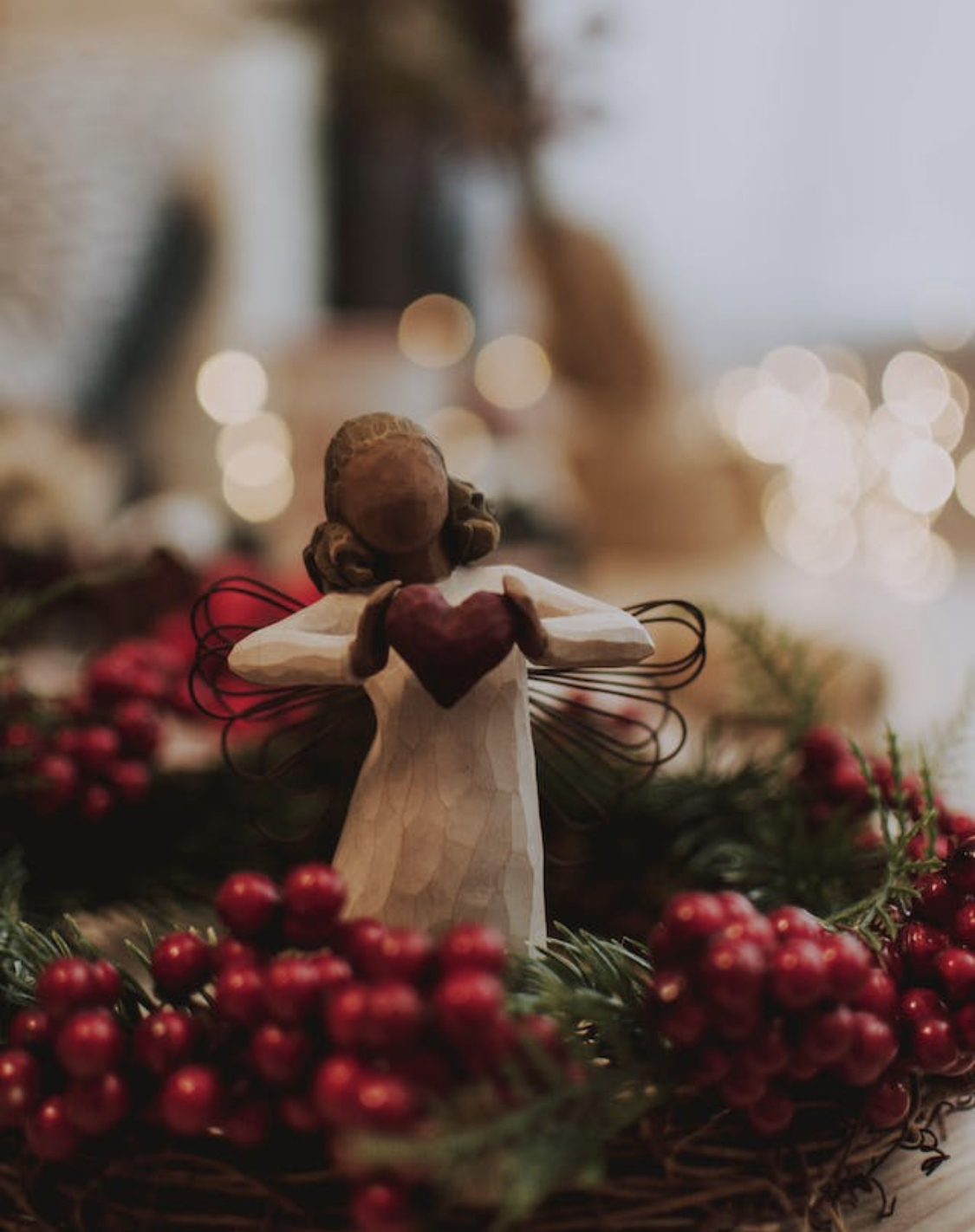This post is a summary/transcription of a talk that I presented at a Think & Drink event at Cypress & Grove Brewing Co. as part of Zero Waste Week 2025. Consumption isn’t just what we buy, it’s how we live.Consumption shapes the world. Pre the industrial era, people generally only bought what they needed, thenContinue reading “Consume Less & Live More”
Author Archives: Joy
How I Choose Suppliers
I’ve talked a bit about how certification from B Lab isn’t necessarily the standard of environmental action that it used to be. As sustainability becomes more and more of a buzzword (and climate change becomes more and more of an emergency,) greenwashing runs rampant, and it can be frustrating to try and determine if brandsContinue reading “How I Choose Suppliers”
Crafting a Sustainable Holiday: A Guide to a Low-Waste Festive Season
In a world dominated by consumerism, shifting towards a low-waste holiday season can be a powerful way to make a positive impact on the environment. By adopting mindful practices such as buying used, regifting, engaging in DIY/crafts, prioritizing experiences, and choosing products with purpose, we can collectively reduce the burden on landfills and embrace aContinue reading “Crafting a Sustainable Holiday: A Guide to a Low-Waste Festive Season”


